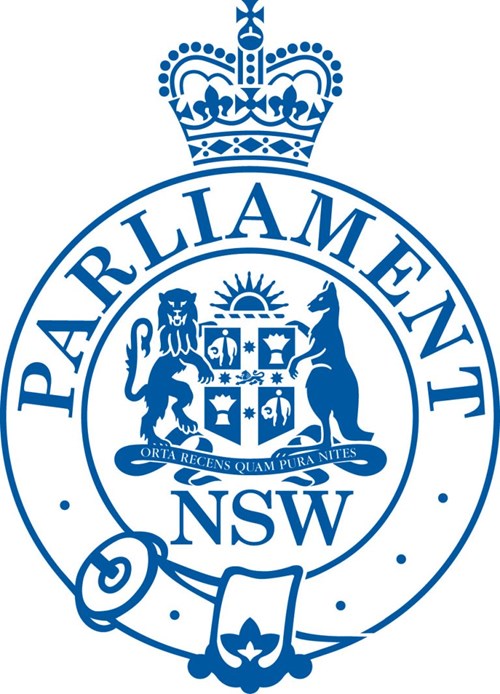Ten platypuses, which were rehomed in Royal National Park four months ago, are thriving, according to University of NSW monitoring.
After two years of preparation, the platypuses were released into the Hacking River in May this year, a half century after the last sighting in the area.
UNSW installed 10 acoustic monitors along the Hacking River and Kangaroo Creek to record the platypuses' movements.
Heathcote MP Maryanne Stuart said, as of mid-August, all 10 platypuses had been recorded on the acoustic stations, which was a significant milestone from the project.
"Witnessing the release of the platypuses was a moment I will never forget," she said,.
"To have the precious mammals back in the Royal National Park after a 50-year absence is a wonderful thing for the species and our community.
"The efforts of everyone involved in rehoming the platypuses should not be understated or ignored.
"I'd like to particularly commend UNSW for it's continued work in this project which is certainly showing encouraging signs of success."
Mrs Stuart said she had been contacted by several members of the community regarding concerns following a recent landslip that occurred on an unused section of a mine located on the edge of the Royal National Park.
Mrs Stuart received the same advice as earlier given to the Leader by NPWS that no immediate harm to the platypuses as a result of the landslip had been identified.
The platypus project is a collaboration between the NSW National Parks and Wildlife Service (NPWS), Taronga Conservation Society Australia, UNSW Sydney and WWF-Australia.
Project co-ordinators said the platypus were collected from southern NSW to ensure genetic diversity and brought to Taronga Zoo's purpose-built platypus refuge. They received veterinary health checks, were assessed for release, and fitted with transmitters.
Ongoing monitoring and tracking by UNSW and WWF-Australia will determine the success of the re-introduction to the park.


